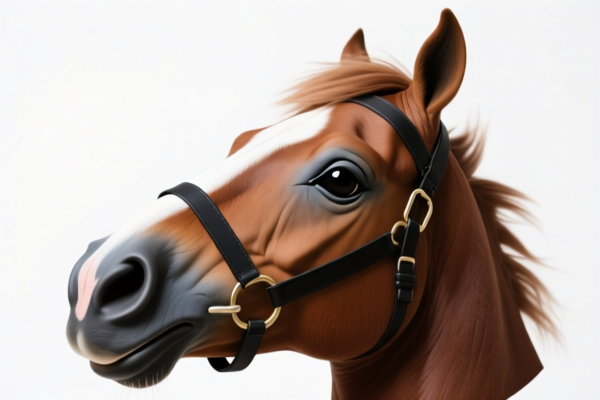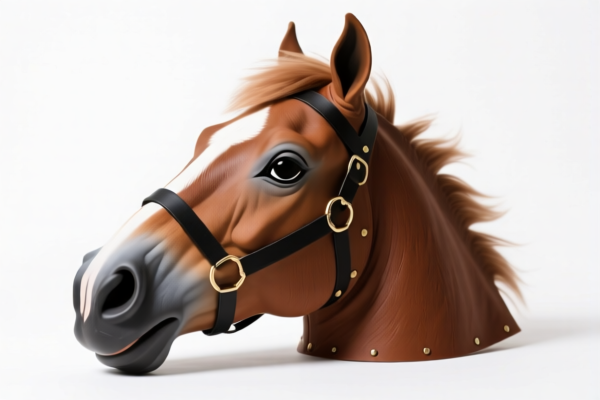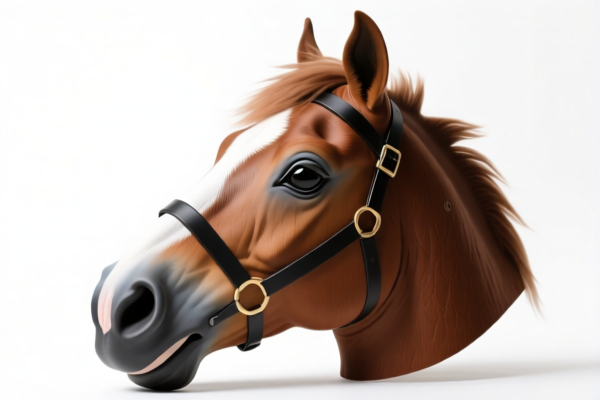| HS Code | Official Doc | Tariff Rate | Origin | Destination | Effective Date |
|---|---|---|---|---|---|
| 9505906000 | Doc | 30.0% | CN | US | 2025-05-12 |
| 9505902000 | Doc | 30.0% | CN | US | 2025-05-12 |
| 9503000071 | Doc | 30.0% | CN | US | 2025-05-12 |
| 9503000073 | Doc | 30.0% | CN | US | 2025-05-12 |
| 4016990500 | Doc | 40.9% | CN | US | 2025-05-12 |
| 4016992000 | Doc | 34.3% | CN | US | 2025-05-12 |
| 4015900050 | Doc | 59.0% | CN | US | 2025-05-12 |
| 4015900010 | Doc | 59.0% | CN | US | 2025-05-12 |
| 4201006000 | Doc | 57.8% | CN | US | 2025-05-12 |
| 4203406000 | Doc | 55.0% | CN | US | 2025-05-12 |
| 4203403000 | Doc | 59.9% | CN | US | 2025-05-12 |
| 5808105000 | Doc | 55.0% | CN | US | 2025-05-12 |
| 5808109000 | Doc | 59.2% | CN | US | 2025-05-12 |
| 5111909000 | Doc | 80.0% | CN | US | 2025-05-12 |
| 5111196060 | Doc | 80.0% | CN | US | 2025-05-12 |
| 6117809570 | Doc | 52.1% | CN | US | 2025-05-12 |
| 6117909080 | Doc | 52.1% | CN | US | 2025-05-12 |
| 6114909070 | Doc | 35.6% | CN | US | 2025-05-12 |




Animal Mask
An animal mask is a representation of an animal’s face, or features thereof, used for concealment, disguise, or symbolic representation. They have a long history across diverse cultures and serve a multitude of purposes.
Materials
Animal masks are constructed from a wide variety of materials, dependent on their intended use, cultural significance, and available resources. Common materials include:
- Natural Materials: Wood (particularly lightweight woods like balsa or basswood), leather, bark, feathers, bone, shells, straw, grasses, and plant fibers. Historically, these were the predominant materials.
- Modern Materials: Plastic (PVC, polypropylene, etc.), latex, rubber, fiberglass, fabric (felt, velvet, etc.), foam, and metal (for structural support or detailing).
- Combined Materials: Frequently, masks incorporate a combination of materials – a wooden base with feather embellishments, a plastic form covered in fur, etc.
Purpose and Function
The functions of animal masks are remarkably varied:
- Ritual and Ceremony: Many cultures employ animal masks in religious ceremonies, initiations, and shamanic practices. The mask often represents a spirit animal, allowing the wearer to embody its power or communicate with the spirit world. Examples include masks used in Native American dances, African tribal rituals, and Asian theatrical performances (e.g., Noh theatre in Japan).
- Performance and Theatre: Masks are integral to theatrical traditions globally, allowing actors to portray animal characters, deities, or archetypes. They facilitate storytelling and dramatic expression.
- Festivals and Celebrations: Masks are commonly worn during festivals like Mardi Gras, Halloween, and Carnival, often as part of elaborate costumes.
- Disguise and Concealment: Historically, masks were used for practical purposes like warfare or hunting. Today, they are used for entertainment (e.g., masquerade balls) or anonymity.
- Art and Decoration: Masks can be created purely as artistic expressions or decorative items.
- Social Commentary & Protest: Masks can be used to represent political or social figures, or to symbolize broader societal issues.
Usage Scenarios
- Cultural Ceremonies: Used in dances, initiations, and religious rituals.
- Theatrical Productions: Portraying animal characters in plays, operas, and performances.
- Costume Parties & Masquerade Balls: As part of elaborate disguises and costumes.
- Halloween: A popular costume element, often depicting scary or fantastical animals.
- Protests and Demonstrations: Used to conceal identity and express political views.
- Art Installations and Exhibitions: As standalone artworks or part of larger displays.
Common Types
The types of animal masks are vast, reflecting the diversity of animal species and cultural traditions. Some common examples include:
- Predator Masks: Lion, tiger, wolf, bear, fox – often representing strength, courage, or cunning.
- Bird Masks: Eagle, hawk, owl, crow – frequently symbolizing freedom, vision, or spirituality.
- Reptile Masks: Snake, crocodile, lizard – often associated with transformation, healing, or danger.
- Mammal Masks: Deer, rabbit, monkey – representing gentleness, fertility, or playfulness.
- Mythological Creatures: Dragon, unicorn, griffin – representing fantasy, power, or magic.
- Specific Cultural Masks:
- Kachina Masks (Native American): Represent spirits and ancestors.
- Dogon Masks (African): Used in initiation ceremonies.
- Noh Masks (Japanese): Highly stylized masks representing specific characters and emotions.
- Venetian Masks: Often elaborate and decorative, associated with Carnival.
- Modern/Commercial Masks: Often mass-produced for Halloween or costume parties, depicting a wide range of animals, often with simplified designs.
Animal masks fall under various classifications depending on their material and specific characteristics. Here's a breakdown of potential HS codes based on the provided reference material:
- 4201006000: This code covers Saddlery and harness for any animal, including dog coats and the like, of any material. While primarily for functional animal wear, masks could be included if they are designed as part of an animal apparel set or have a harness-like function. The tariff is 2.8% base tariff, 25.0% additional tariff, totaling 57.8%.
- 6117809570: This code covers Other made up clothing accessories, knitted or crocheted; knitted or crocheted parts of garments or of clothing accessories: Other accessories: Other: Other (859). If the animal mask is knitted or crocheted, this code may apply. The tariff is 14.6% base tariff, 7.5% additional tariff, totaling 52.1%.
- 4201006000: This code covers Saddlery and harness for any animal (including traces, leads, knee pads, muzzles, saddle cloths, saddle bags, dog coats and the like), of any material: Other. If the mask is designed to cover the animal’s face like a muzzle, this code may be applicable. The tariff is 2.8% base tariff, 25.0% additional tariff, totaling 57.8%.
It's important to note that the final classification depends on the mask's material composition and intended use. If the mask is made of rubber, codes related to vulcanized rubber (e.g., 4016990500) might be relevant.
Customer Reviews
No reviews yet.